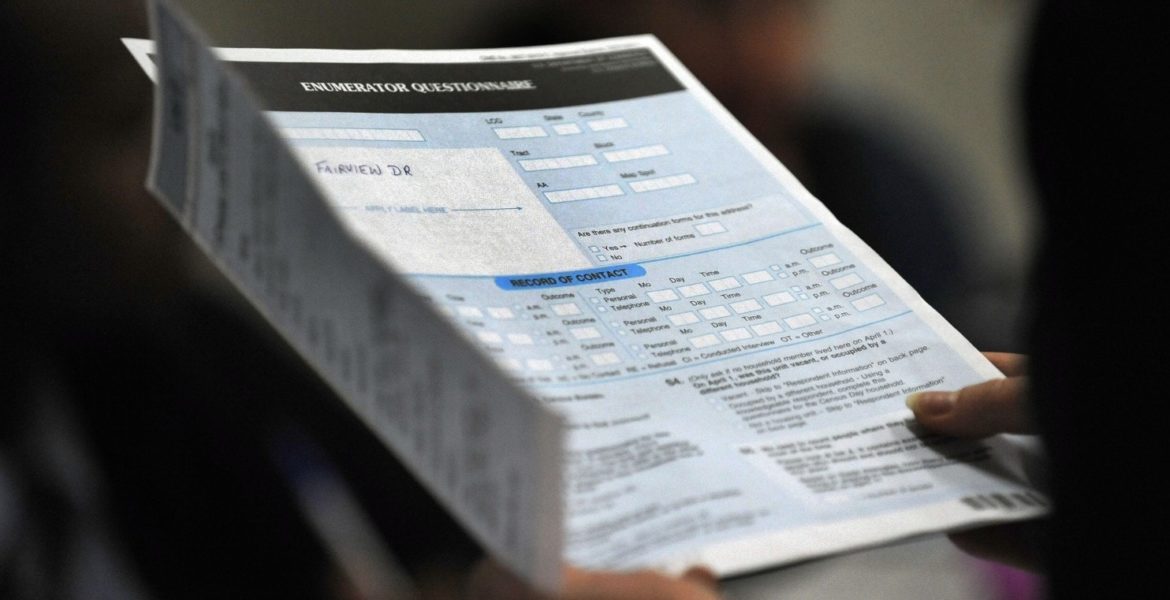Proposed citizenship question could affect overall count in certain geographic
2020 is shaping up to be one of the most crucial years in the history of American democracy. Coming up in the next year and a half, Americans will be participating in two important events: the presidential election and the census survey.
There are more or less 40 million people — citizens and otherwise — living in California, a population that has grown twice in size since Gov. Jerry Brown first became governor in 1975. The federal census — the overall count of all peoples living in the United States that’s taken every 10 years — will hopefully provide answers to the exact count.
Each household is given a questionnaire in which residents must answer questions concerning the amount of people currently living in the household, race and ethnicity, gender, age, education, employment etc.
But what was supposed to be a standard procedure has become a point of contention given the proposed changes by the Trump administration, including asking a question about citizenship, a question never before asked on any census, as previously reported by the Asian Journal.
And, because of this proposed measure, politics researchers warn that millions of Californians may not be counted. A study from the nonpartisan group Public Policy Institute of California measured that a possible miscount in individual census tracts may occur in small regions in the state, drastically affecting the overall population count.
Any error in miscounting could result in decreased federal funding or a loss of a seat in Congress since states’ populations dictate its allotted number of congressional representatives.
Researchers posited that as many as 45 percent of residents may not respond, largely due to fear that declaring non-citizenship status would open them up to government scrutiny.
“Part of the reason there’s so much at stake for California is that so many Californians fall into groups that have been historically underrepresented,” Tess Thorman, a Public Policy Institute research associate for the study, told the Los Angeles Times.
Earlier this year, the U.S. Dept. of Commerce (DOC) announced in an eight-page memo that it would “restore a question about citizenship” in the 2020 census questionnaire, which sparked outrage among lawmakers and organizations.
“We know that adding that question on citizenship status will cause participation in the upcoming census to plummet, and that vulnerable communities that are already hard to count will be most significantly impacted,” Vanita Gupta, president and CEO of the Leadership Conference Education Fund, said in a press call after the DOC’s announcement.
And Gupta is right. In 2010, the census overlooked approximately one million young children, and about 400,000 were Latino, according to Arturo Vargas, executive director of the National Association of Latino Elected and Appointed Officials.
Additionally, the 2010 census also found the profound discovery that Asian Americans and Pacific Islanders (AAPI) — 90 percent of which are immigrants or children of immigrants — were the fastest-growing ethnic group, and had grown 46 percent since 2000.
It’s figures like that that call for easing the census procedure in order to get an accurate count of all peoples living in California, according to John C. Yang, president and executive director of Asian Americans Advancing Justice.
The Public Policy Institute created an interactive map of the state that estimated the predicted rates of non-responses in each county.
According to the map, the counties with the highest rate of predicted non-responses — including Fresno (32.7 percent), Kern (27.2 percent), Los Angeles (33.4 percent), San Bernardino (28.8 percent) and Imperial (43.3 percent) — are communities with among the largest shares of undocumented immigrants and people of color.
“For decades, census directors under both Democratic and Republican administrations abided by department policy and did not include a citizenship question,” California Secretary of State Alex Padilla said in a statement last week. “The Trump administration’s decision to include a citizenship question on the 2020 census completely disregards science and proven methodology.”
Additionally, those areas with abundant populations of immigrant and people of color also tend to be those which are overcrowded and have housing that isn’t visible, like back units, trailers, mobile homes or garages that could be missed by surveyors.
“In the 2020 census housing will be a major issue,” Thorman said. “There are a lot of people with the housing crisis living in overcrowded rental housing. People in mobile homes tend to be undercounted.”
The Public Policy Institute’s report found that many of these areas of high likelihoods of miscount belong in Democratic districts; only one of the congressional districts with people least likely to fill out a census questionnaire is headed by a Republican.
Internet access has also become an issue in the bias associated with the census. The 2020 census is the first time that the Census Bureau hopes to count a majority of residents, but rural areas with poor internet service or households that don’t have access to it may miss out on the count. (Klarize Medenilla/AJPress)






